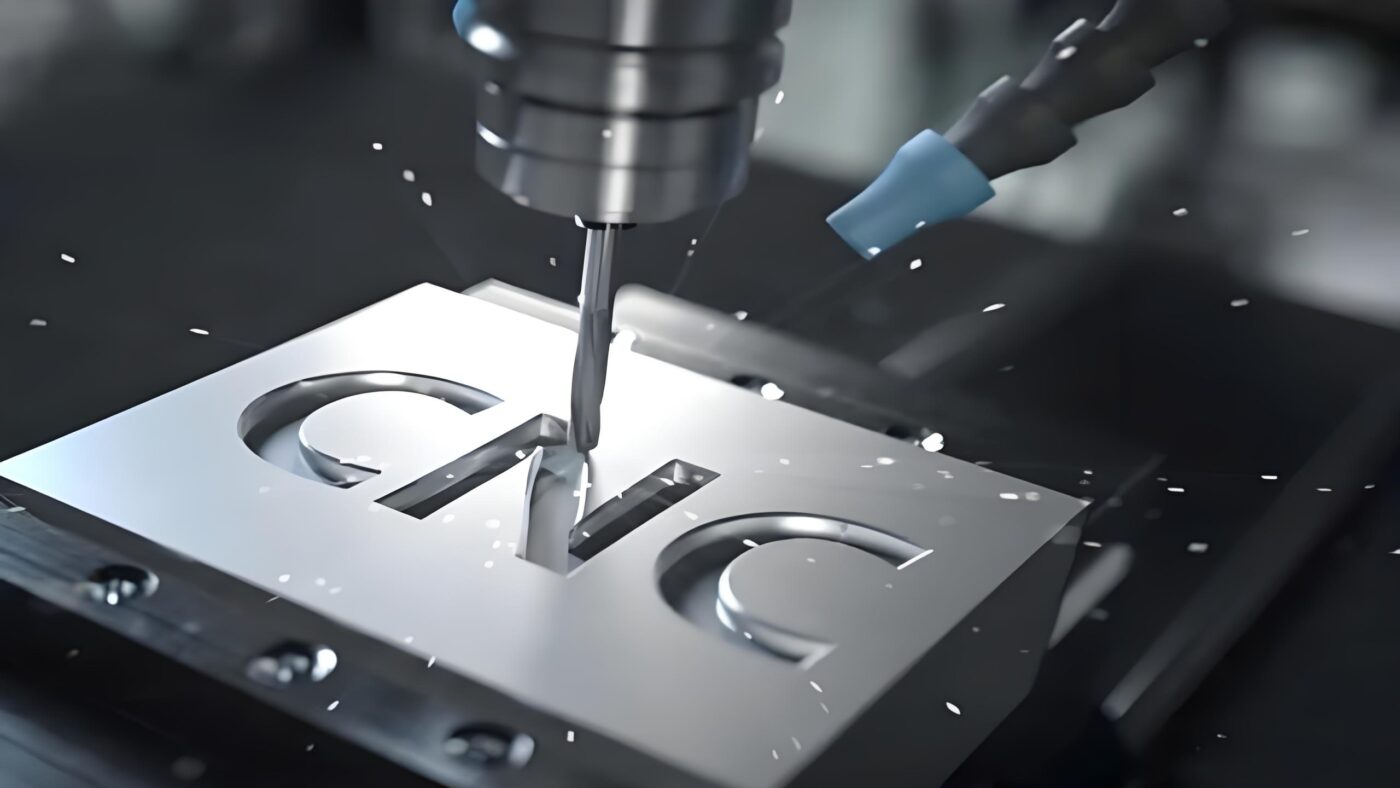In the dazzling constellation of modern manufacturing, CNC machining stands as a brilliant star, reshaping the landscape of production.
What is CNC Machining?
CNC (Computer Numerical Control) machining transcends the limitations of traditional manufacturing methods. Unlike manual operations or basic mechanical processes, CNC machining relies on pre-programmed instructions to control machinery with unparalleled accuracy.
1. Aerospace: Crafting Perfection for the Skies
Take aerospace engine blades as an example. Their complex curved geometries and stringent precision requirements make manual grinding nearly impossible. CNC machining solves this by using 3D modeling software to design components, converting data into machine-readable code. Tools then “dance” across metal blocks, performing precise milling, drilling, and boring to ensure micrometer-level tolerances. This guarantees the reliability of every blade, enabling aircraft to soar safely.
Key capabilities:
- Micrometer-level precision for critical aerospace components.
- Seamless integration of digital design and physical production.
- Elimination of human error in high-stakes applications.
2. Electronics: Precision Meets Aesthetics
In electronics manufacturing, CNC machining shines brightly. Modern smartphone frames demand ultra-thin profiles and smooth tactile finishes. CNC machining meticulously sculpts materials like aluminum alloy, creating rounded edges, refined textures, and precisely milled logos or ports. This balances aesthetic appeal with functional excellence, meeting consumer expectations for beauty and utility.
Advantages:
- Flawless surface finishes for premium devices.
- Intricate detailing (e.g., speaker grilles, button cutouts).
- Consistent quality across mass production.
3. Automotive: Powering Performance and Efficiency
CNC machining is pivotal in automotive manufacturing. Engine blocks, transmission gears, and other critical components endure extreme temperatures, pressures, and loads. CNC machining ensures these parts meet exacting standards, enabling tight tolerances that reduce friction, minimize energy loss, and enhance vehicle power and fuel efficiency.
Impact areas:
- High-precision engine components for optimized combustion.
- Durable transmission systems for smoother gear shifts.
- Lightweight designs to improve energy efficiency.
4. Flexibility & Future Innovations
CNC machining offers remarkable adaptability. By simply modifying programs, manufacturers can swiftly switch between product designs, responding to dynamic market demands. As technology advances, CNC machining continues evolving toward higher precision, faster speeds, and smarter automation, fueling innovation across industries.
Future trends:
- AI-driven process optimization for reduced waste.
- Integration with IoT for real-time monitoring.
- Hybrid systems combining additive and subtractive manufacturing.
Conclusion
From aerospace marvels to everyday electronics and automotive breakthroughs, CNC machining is the unsung hero of modern manufacturing. Its ability to blend precision, versatility, and efficiency ensures it remains at the forefront of industrial progress, crafting the future one meticulous cut at a time.
Bold terms emphasize the transformative role of CNC machining in achieving accuracy, scalability, and innovation.

